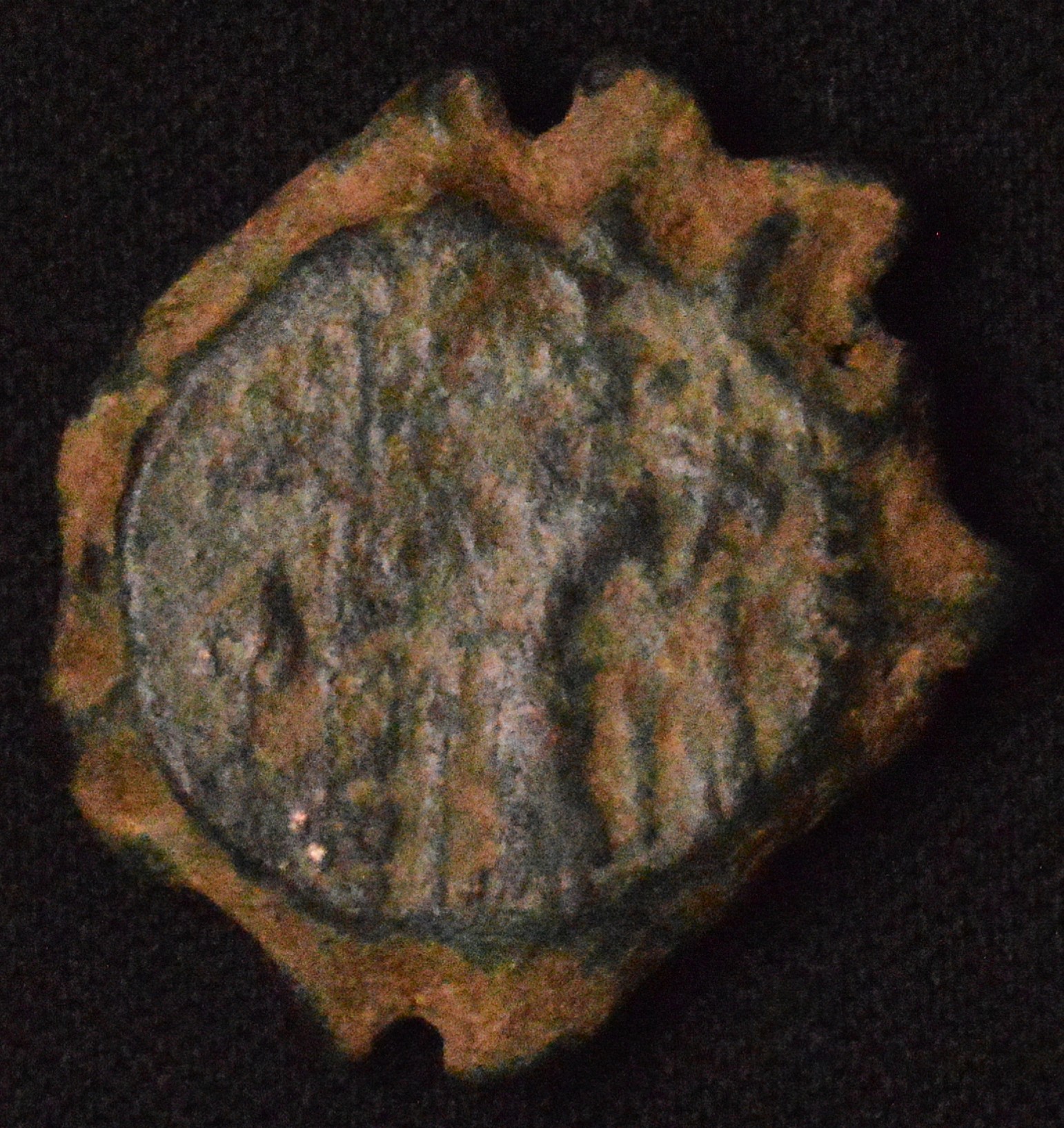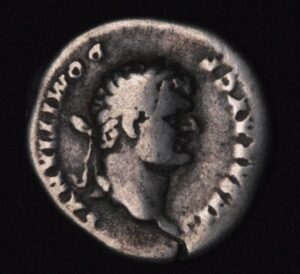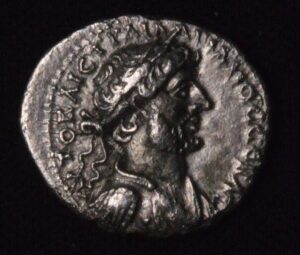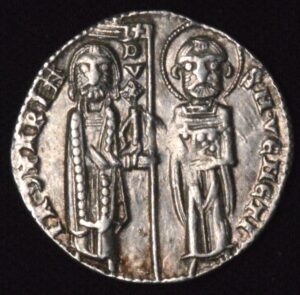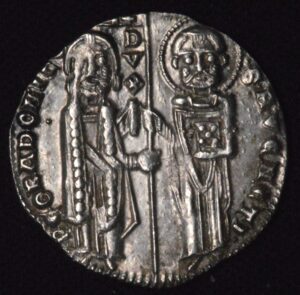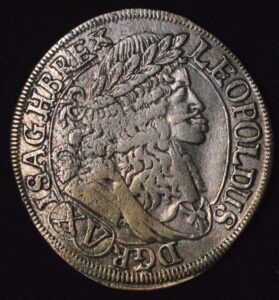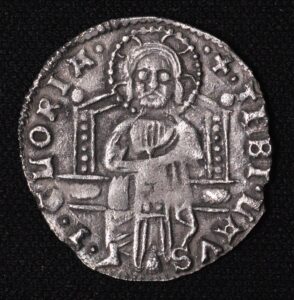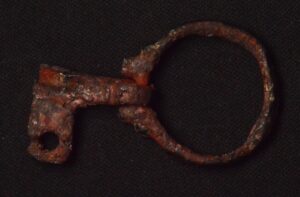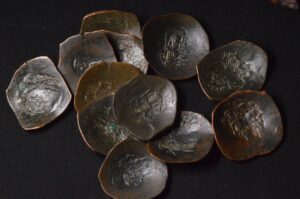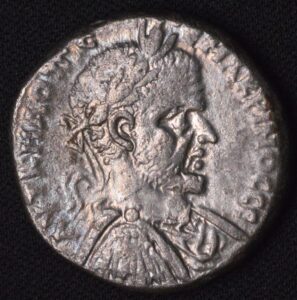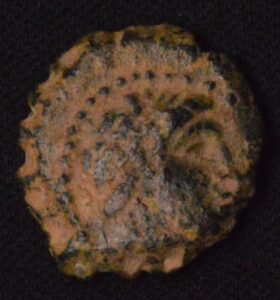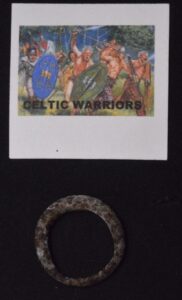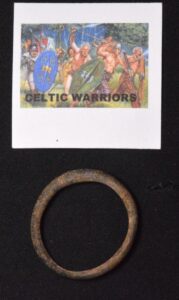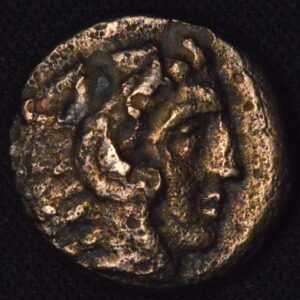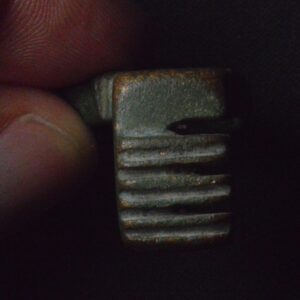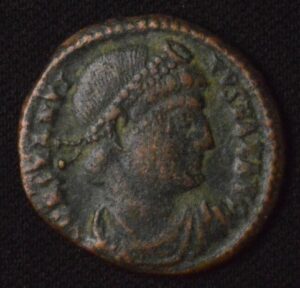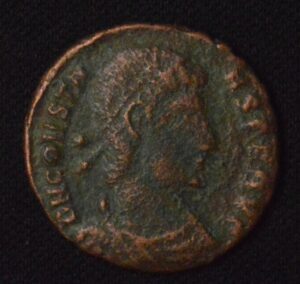$350.00
1 in stock
Description
The Seleucid serrated coin of Alexander II Zabinas, dated around 152-122 BC, is a distinctive and collectible ancient coin from the Seleucid Kingdom. Alexander II Zabinas was a ruler claiming the Seleucid throne during a turbulent period marked by dynastic struggles and competing claimants. The serrated edge of the coin—characterized by a series of small notches around the perimeter—is a notable feature used in some Seleucid bronze and silver coinage that helps with authenticity verification and may have helped prevent clipping, a common form of ancient coin debasement.
The obverse typically depicts the diademed head of Alexander II Zabinas facing right, reflecting typical Hellenistic portrait style, while the reverse often features representative symbols such as Zeus enthroned or the god Dionysus depending on the specific denomination and series. The beautiful patina on surviving specimens enhances their aesthetic appeal, often showing natural oxidation patterns that highlight details and add a desirable collector’s charm. These coins were struck in mints such as Antioch and elsewhere within the fluctuating Seleucid realm and represent a fascinating period of Hellenistic influence in the Near East.
Coins like this are prized by ancient coin collectors for their historical significance, artistry, and rarity. The serrated edge makes them visually distinctive, and branded graders like NGC often certify these coins ensuring authenticity and condition that helps preserve their integrity for modern collectors. In the world of Seleucid numismatics, Alexander II Zabinas coins serve as a testament to a complex historical era and are highly regarded for their unique combination of historical background and fine numismatic features.
Overall, the 152-122 BC Seleucid serrated coin of Alexander II Zabinas is a rare and striking example of Hellenistic coinage, blending royal portraiture with practical minting innovations like serration, finished with a beautiful patina that endears it to collectors worldwide. It stands as a vivid relic of a fragmented but culturally rich Seleucid kingdom.
The Seleucid serrated coin of Alexander II Zabinas, dated around 152-122 BC, is a distinctive and collectible ancient coin from the Seleucid Kingdom. Alexander II Zabinas was a ruler claiming the Seleucid throne during a turbulent period marked by dynastic struggles and competing claimants. The serrated edge of the coin—characterized by a series of small notches around the perimeter—is a notable feature used in some Seleucid bronze and silver coinage that helps with authenticity verification and may have helped prevent clipping, a common form of ancient coin debasement.
The obverse typically depicts the diademed head of Alexander II Zabinas facing right, reflecting typical Hellenistic portrait style, while the reverse often features representative symbols such as Zeus enthroned or the god Dionysus depending on the specific denomination and series. The beautiful patina on surviving specimens enhances their aesthetic appeal, often showing natural oxidation patterns that highlight details and add a desirable collector’s charm. These coins were struck in mints such as Antioch and elsewhere within the fluctuating Seleucid realm and represent a fascinating period of Hellenistic influence in the Near East.
Coins like this are prized by ancient coin collectors for their historical significance, artistry, and rarity. The serrated edge makes them visually distinctive, and branded graders like NGC often certify these coins ensuring authenticity and condition that helps preserve their integrity for modern collectors. In the world of Seleucid numismatics, Alexander II Zabinas coins serve as a testament to a complex historical era and are highly regarded for their unique combination of historical background and fine numismatic features.
Overall, the 152-122 BC Seleucid serrated coin of Alexander II Zabinas is a rare and striking example of Hellenistic coinage, blending royal portraiture with practical minting innovations like serration, finished with a beautiful patina that endears it to collectors worldwide. It stands as a vivid relic of a fragmented but culturally rich Seleucid kingdom.
The Seleucid serrated coin of Alexander II Zabinas, dated around 152-122 BC, is a distinctive and collectible ancient coin from the Seleucid Kingdom. Alexander II Zabinas was a ruler claiming the Seleucid throne during a turbulent period marked by dynastic struggles and competing claimants. The serrated edge of the coin—characterized by a series of small notches around the perimeter—is a notable feature used in some Seleucid bronze and silver coinage that helps with authenticity verification and may have helped prevent clipping, a common form of ancient coin debasement.
The obverse typically depicts the diademed head of Alexander II Zabinas facing right, reflecting typical Hellenistic portrait style, while the reverse often features representative symbols such as Zeus enthroned or the god Dionysus depending on the specific denomination and series. The beautiful patina on surviving specimens enhances their aesthetic appeal, often showing natural oxidation patterns that highlight details and add a desirable collector’s charm. These coins were struck in mints such as Antioch and elsewhere within the fluctuating Seleucid realm and represent a fascinating period of Hellenistic influence in the Near East.
Coins like this are prized by ancient coin collectors for their historical significance, artistry, and rarity. The serrated edge makes them visually distinctive, and branded graders like NGC often certify these coins ensuring authenticity and condition that helps preserve their integrity for modern collectors. In the world of Seleucid numismatics, Alexander II Zabinas coins serve as a testament to a complex historical era and are highly regarded for their unique combination of historical background and fine numismatic features.
Overall, the 152-122 BC Seleucid serrated coin of Alexander II Zabinas is a rare and striking example of Hellenistic coinage, blending royal portraiture with practical minting innovations like serration, finished with a beautiful patina that endears it to collectors worldwide. It stands as a vivid relic of a fragmented but culturally rich Seleucid kingdom.
CUSTOMER FEEDBACK








Related Products & Newly Released!
-
$70.00
-
$70.00




SHIPPING POLICY
Your order is shipped from the United States with USPS tracking within one business day.
14 Day Return Policy
You can return your item back within
14 days of the purchase

Secure payments
Your payments are 100% secure and are processed through Square or PayPal on a protected security network.
SHIPPING POLICY
FREE International and Domestic (United States) shipping. Your order is shipped with USPS tracking 24 hours after you order.
14 Day Return Policy
You can return your item back within
14 days of the purchase

Secure payments
Your payments are 100% secure and are processed through Square or PayPal on a protected security network.
RESOURCES
support
Get Real Deals!
Sign up now to receive our articles for the latest insights and promotions!
RESOURCES
support
Get Fresh Articles!
Signup our newsletter to get update insight or promotions.



